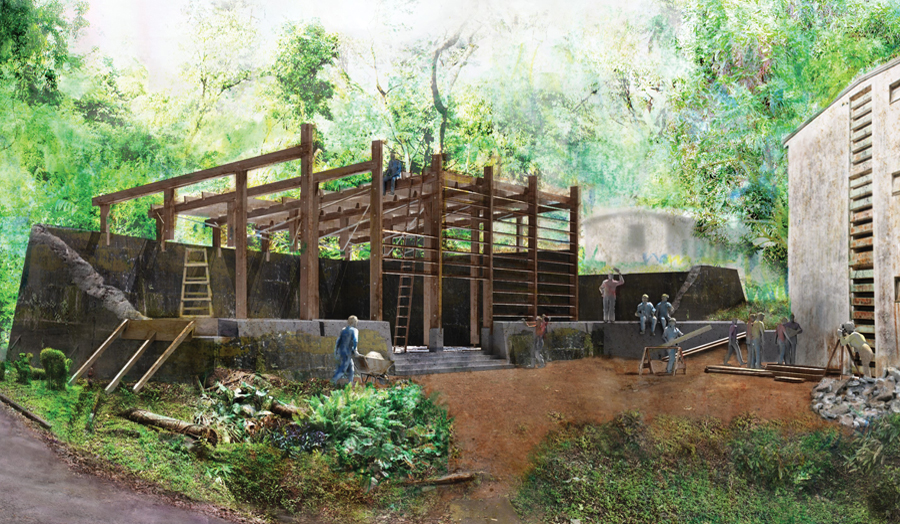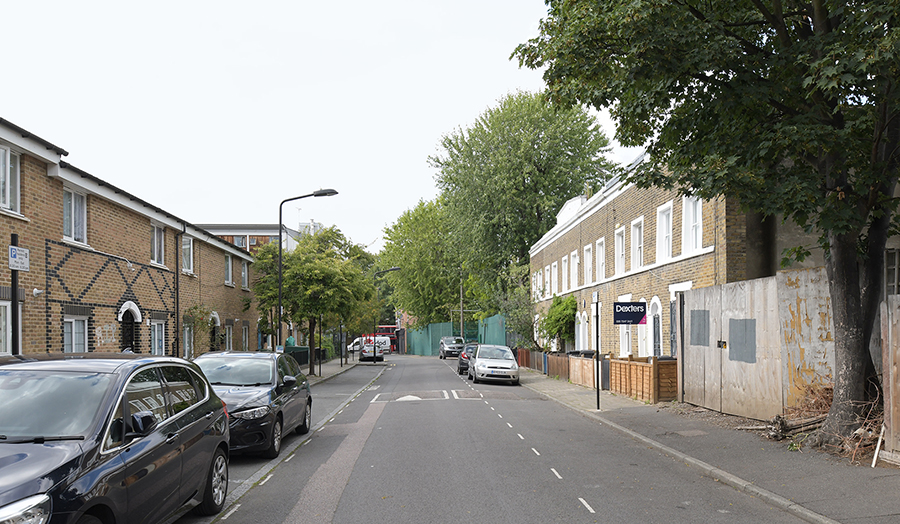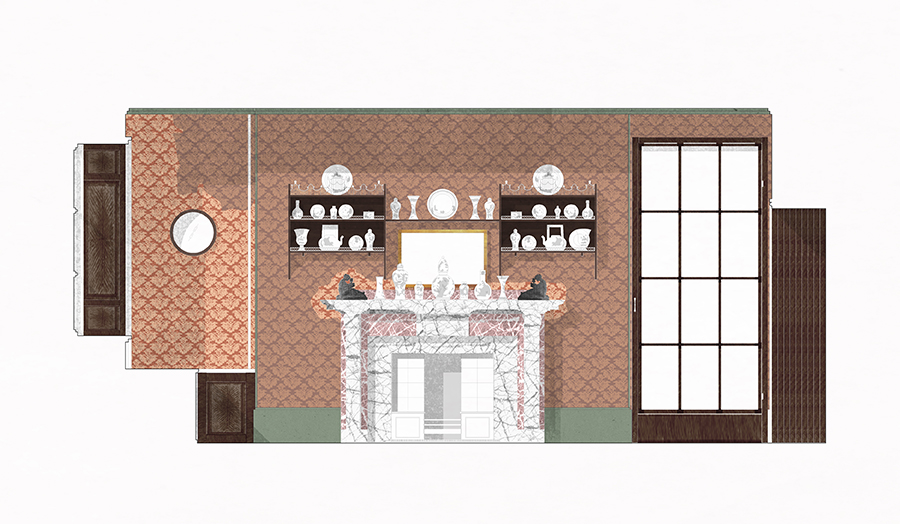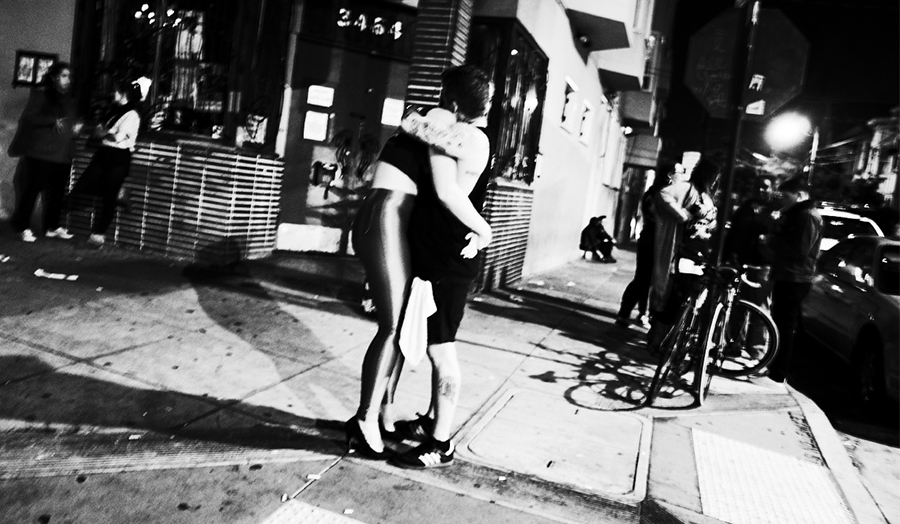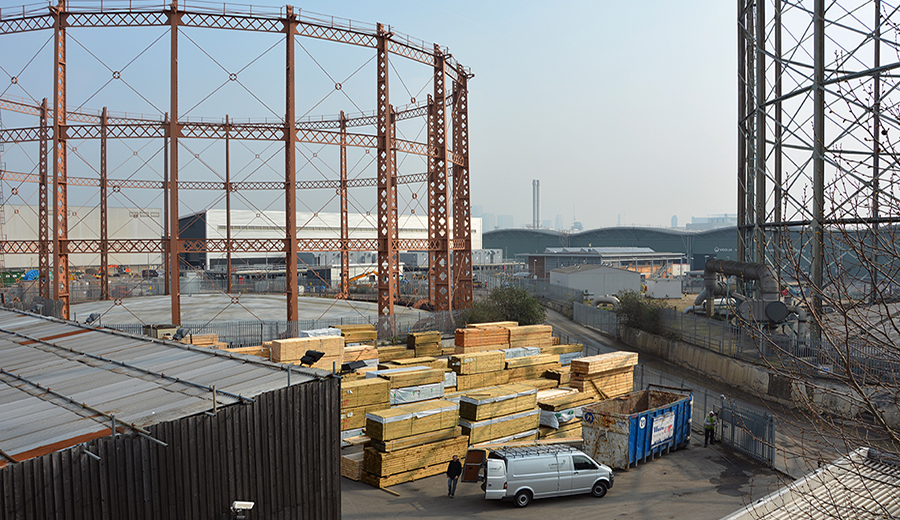Unit brief
In The Economy of Cities, Jane Jacobs suggests that rural economies have been built upon urban models. These models have been historically responsible for the sustainable and balanced growth of city and country. This interdependence is evident in the land enclosed within the walls of the Old English settlements, whilst in the medieval period, with the advent of abbeys and universities, orchards and meadows, set next to significant civic and religious buildings, allowed the countryside to penetrate the fabric of the city. In his Walks Within the Walls, Peter Smithson refers to this condition of nature next to city as Rus in Urbe.
As London grew during the Georgian and Victorian periods, it absorbed peripheral rural settlements and villages primarily by employing a development model of terraces built around green squares, heaths or commons. This model aimed at offering a view of living in the country while enjoying the economic benefits of the city and eventually led to the emergence of the garden city model in the twentieth century.
However, where the constellation of medieval settlements grew on a model of an independent local economy, the suburban model of the garden city relied on the provision of an extended infrastructure and of daily commuting to the city, with much of the innovation emerging from the city absorbed into a global economic system.
With the current rise of remote working, the declaration of a global climate emergency and the influence of social movements that stand for disadvantaged minorities, the need for a sustainable, self sufficient, architectural model in the tradition of rus in urbe is now more prevalent than ever.
Your aim for the year will be to develop architectural projects that sustain a feeling of the countryside whilst living in the city. We will work in the suburban setting of Hampstead’s garden suburb and will test how your proposals could increase the suburbs sense of community and liveliness. We imagine that by the end of the year you will each develop environmentally sustainable and economically viable architectural forms, suitable for a diverse urban society able to live in harmony with nature.
You will each be working on one of three designated sites for the entire year and the scale of your investigation will range from the scale of the building in the first term to the detail of the window in the second.
Through the year we will focus on bringing together design expertise and artistic skills, to create instances of commoning and environmentally sound design with good orientation, views and aspect, incorporating elements like courtyards, porches, terraces, roofs, ways and gardens into a balanced whole.
The teaching will take place in person as well as remotely and will be supported by a series of walks in different neighbourhoods of London accompanied by guest speakers. We are planing a trip to France in the second semester, subject to all Covid-related government and University restrictions for travelling overseas being lifted at the time.
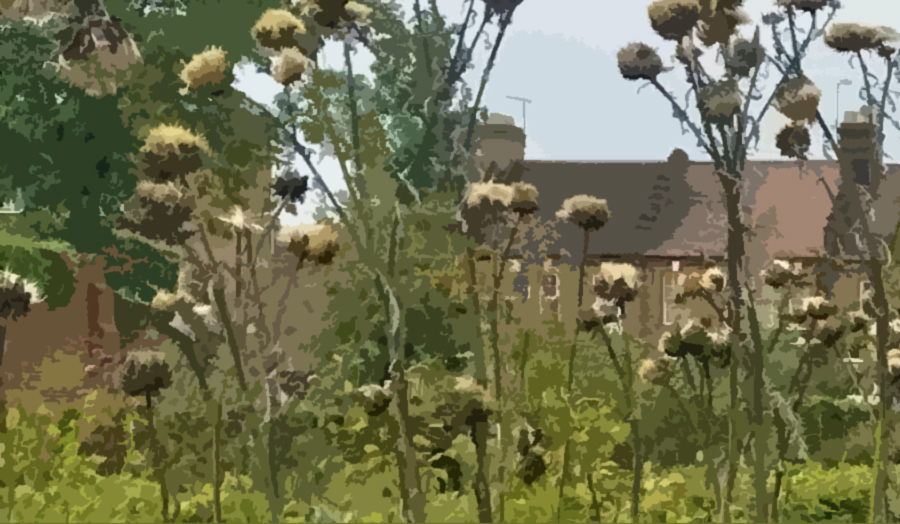
Details
| Course |
Architecture MA
|
|---|---|
| Tutors | Stephen Taylor Theodoros Thysiades |
| Where | Goulston Street |
| When | Monday and Thursday |

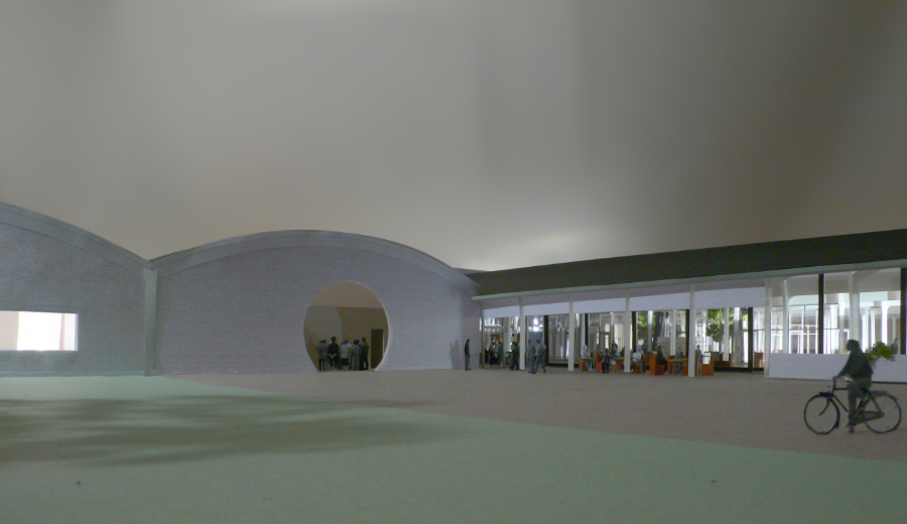
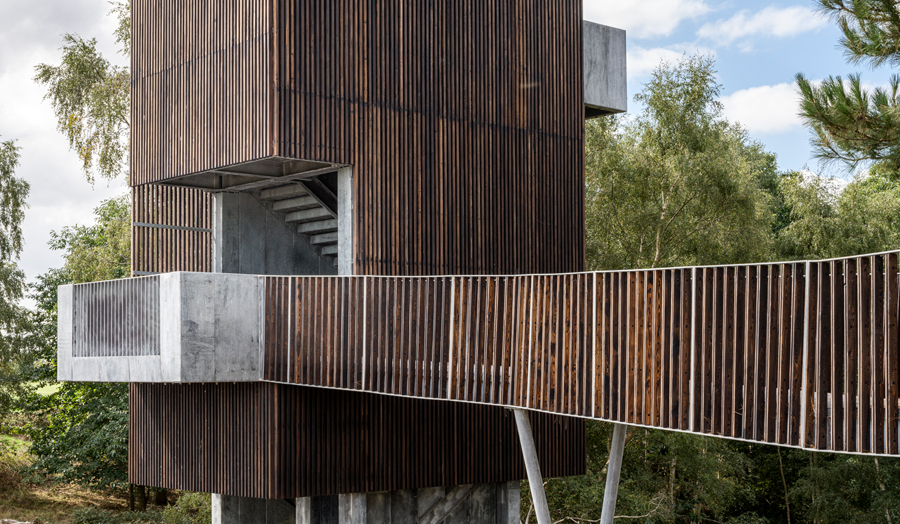

-(1)-(1).jpg)
